If you follow the events in the Apple world, you certainly did not miss yesterday's presentation of the new four iPhones. These new iPhones come with a completely redesigned design that resembles the newer iPad Pro (2018 and newer) or the iPhone 4. In addition to the new design, the Pro models include a LiDAR module and a few other minor improvements. If you are among the observant individuals, you may have noticed a kind of distracting element on the side of the new iPhones, which has the shape of a rounded rectangle, during the presentation. At first glance, this part resembles a Smart Connector, but of course the opposite is true. So why is this disturbing element on the side?
One of the biggest changes, apart from the ones mentioned above, that these new iPhones come with is 5G network support. The Apple company devoted a substantial part of the conference to the 5G network for the new iPhones - it is actually a rather big step forward, which most Americans have been waiting for. What are we going to lie to ourselves about, the 5G network in the Czech Republic is already working, but it is definitely still not widespread enough for us to use it every day. In the United States, 5G has been around for a long time, and specifically, there are two types of 5G networks available here – mmWave and Sub-6GHz. The mentioned interfering element on the side of iPhones is mainly related to mmWave.

5G mmWave (millimeter wave) connectivity boasts high transmission speeds, specifically we are talking about up to 500 Mb/s. It should be noted, however, that this connectivity is only available in the United States. The main problem with mmWave is the very limited range - one transmitter can cover one block, and in addition, you have to have a direct line of sight to it without any obstacles. This means that Americans (for now) will only use mmWave on the streets. The second connectivity is the aforementioned Sub-6GHz, which is already much more widespread and cheaper to operate. As for transmission speeds, users can look forward to up to 150 Mb/s, which is several times less than mmWave, but still a high speed.
It could be interest you
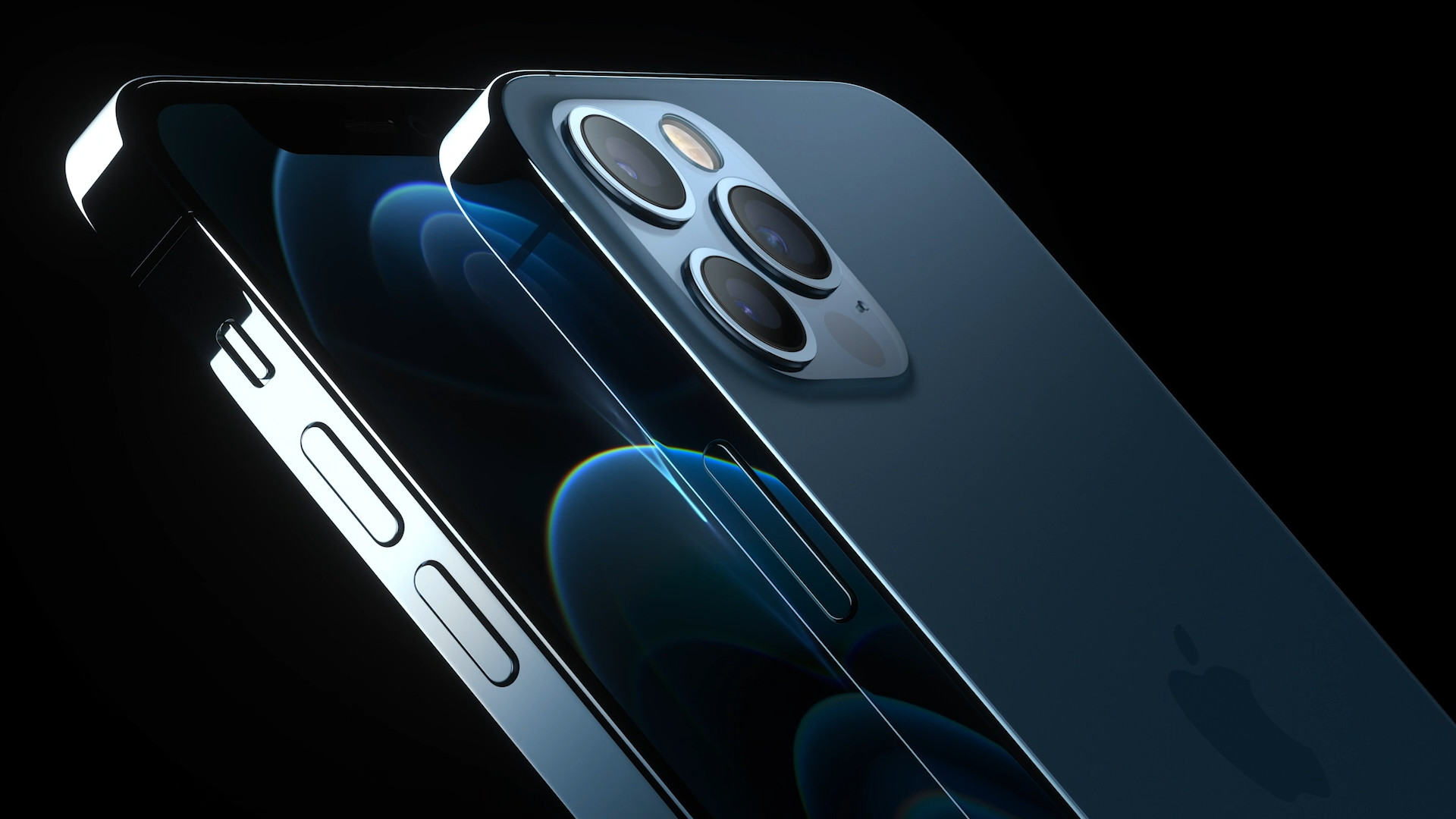
Apple stated at the beginning of the conference that the new iPhone 5 had to be completely redesigned to support the 12G network. Above all, the antennas, which are used to connect to the 5G network, received a redesign. Since 5G mmWave connectivity works at low frequencies, it was necessary to place a plastic cut-out in the metal chassis so that the waves could simply get out of the device. As I mentioned above, mmWave is only available in the United States, and it would be illogical if Apple offered such modified apple phones in Europe, for example. So the good news is that these specially modified phones with the plastic part on the side will only be available in the US and nowhere else. So we have nothing to fear in the country and in Europe in general. This plastic part will most likely be the weakest part of the chassis - we'll see how these iPhones fare in durability tests.
- Newly introduced Apple products will be available for purchase at, for example Alge, Mobile Emergency or u iStores
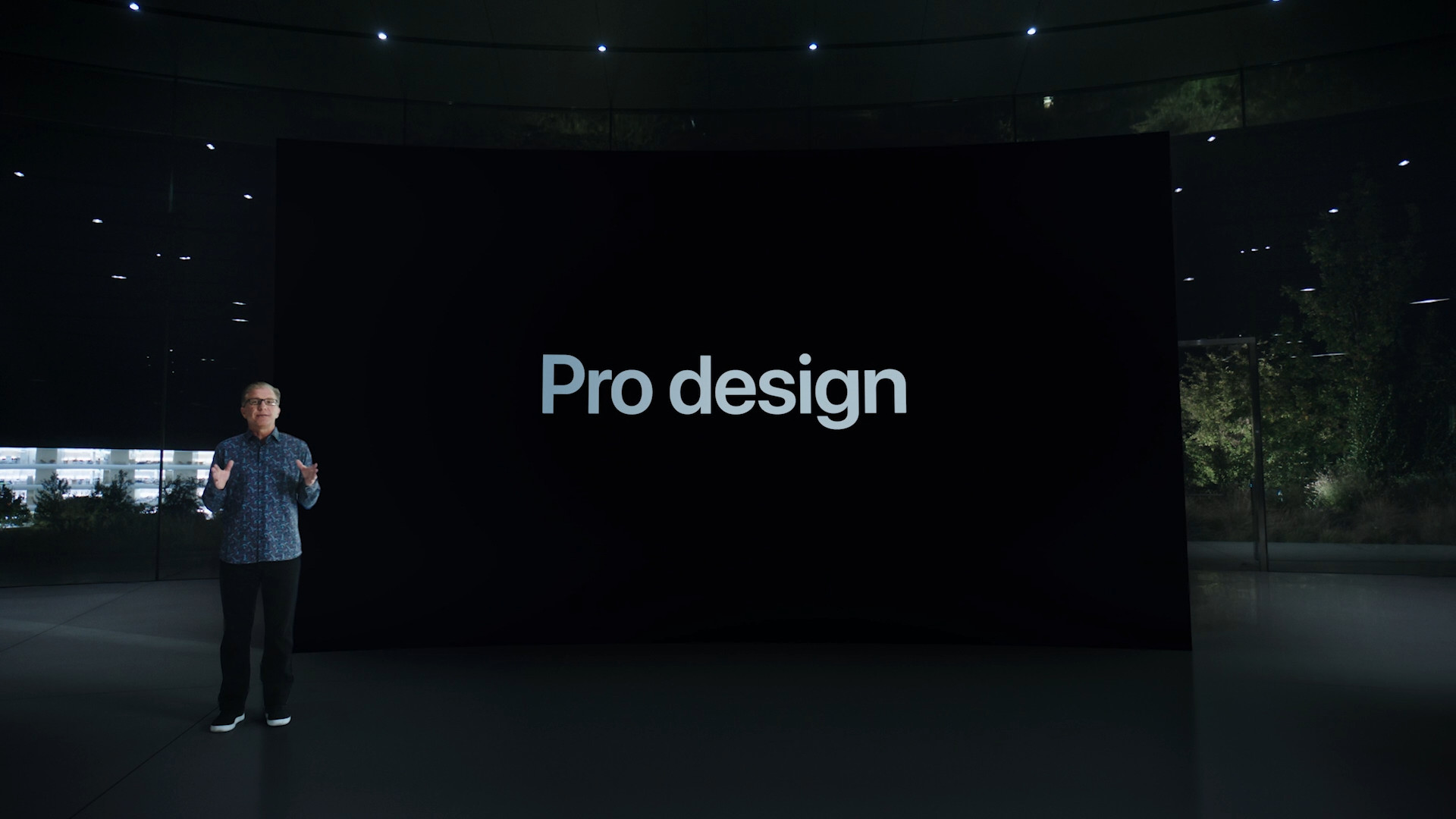

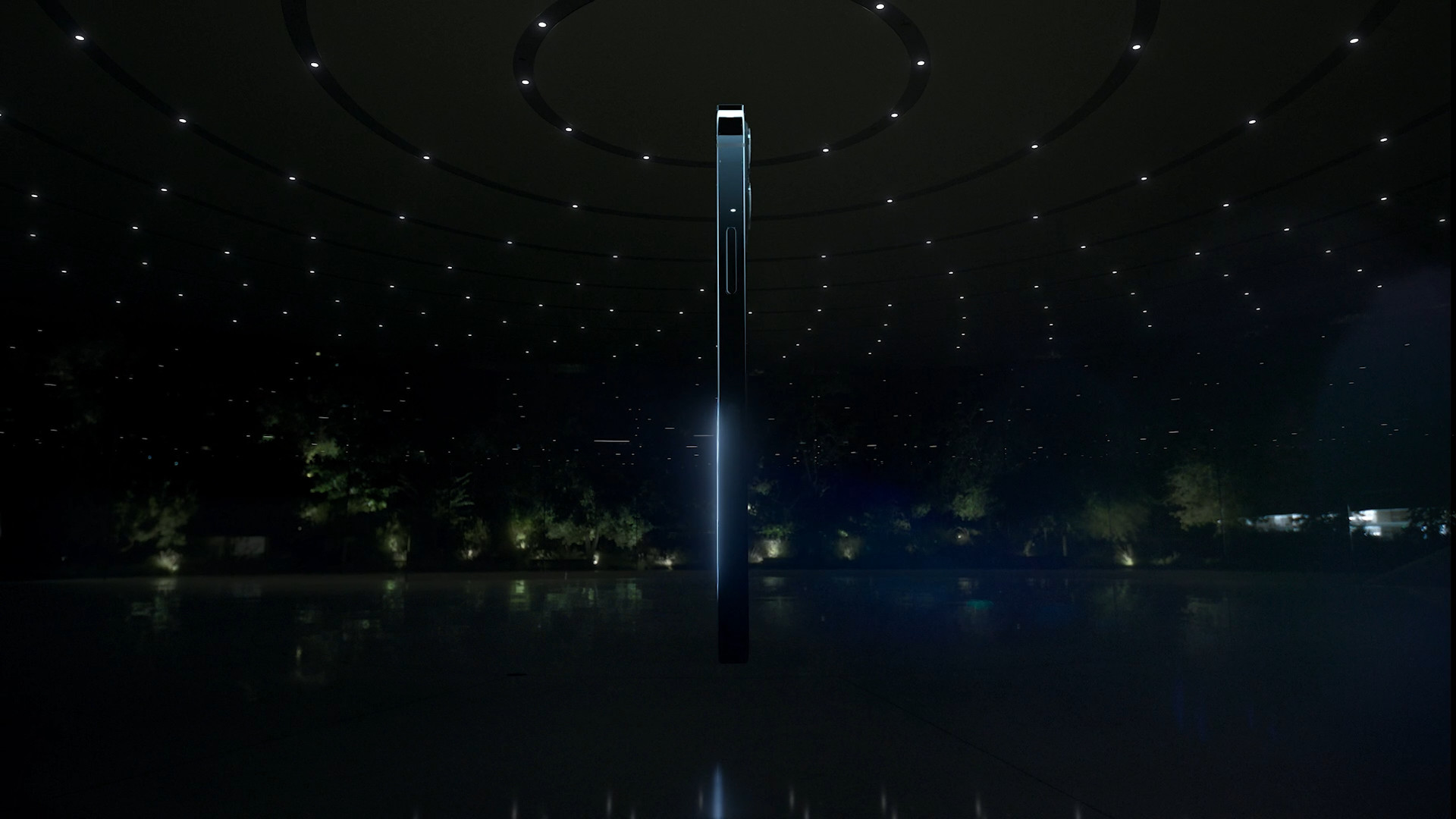
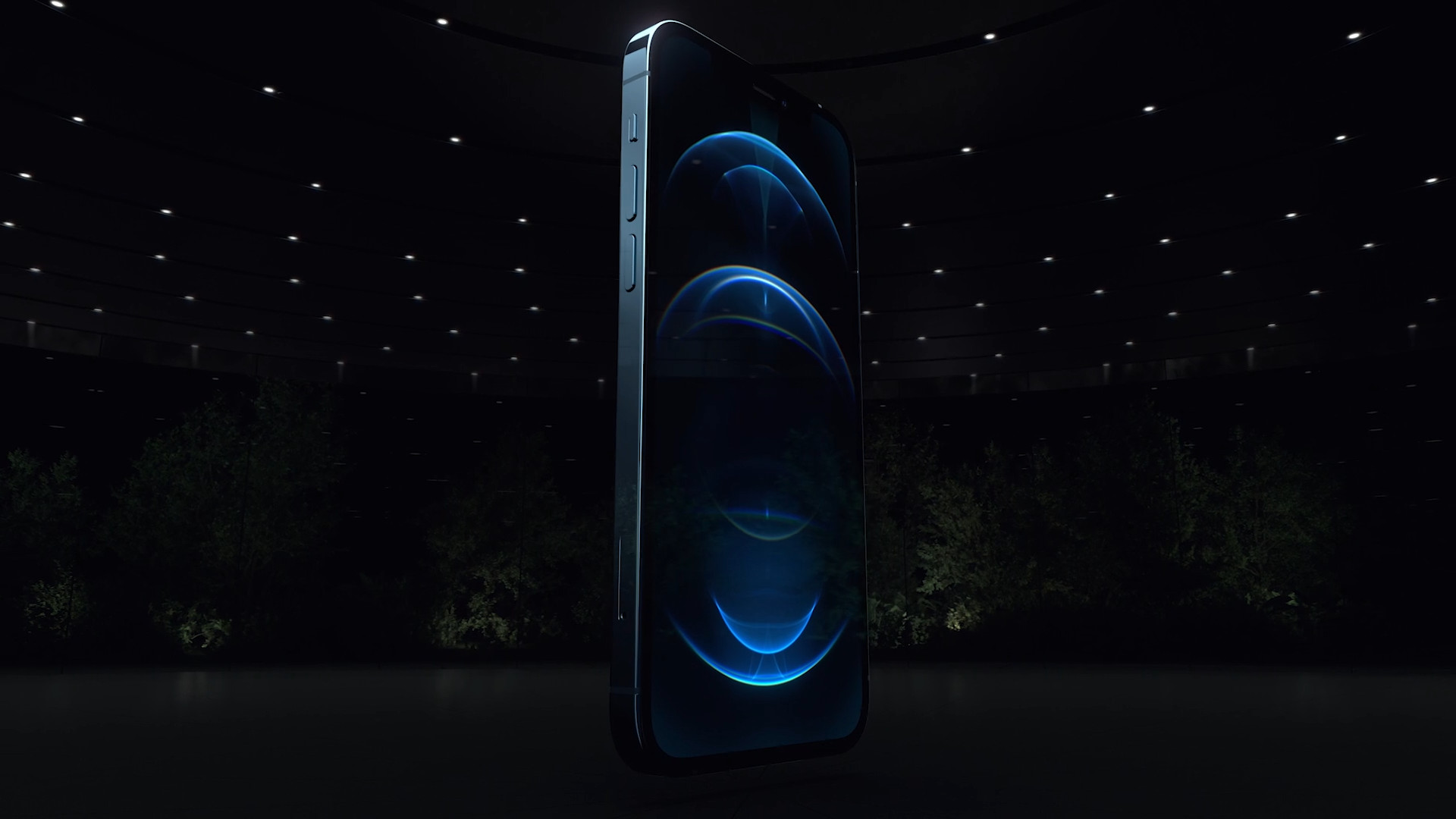

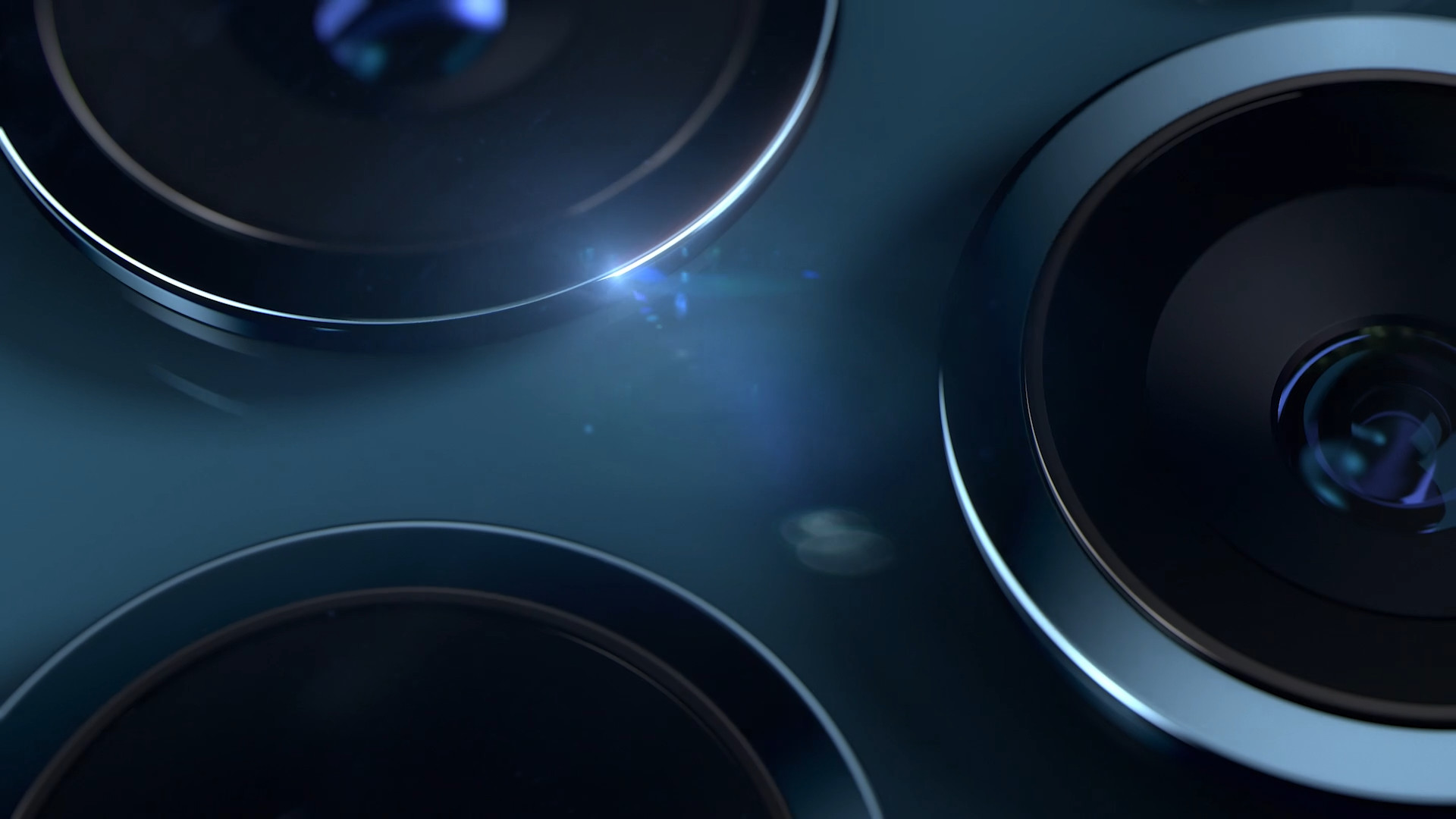

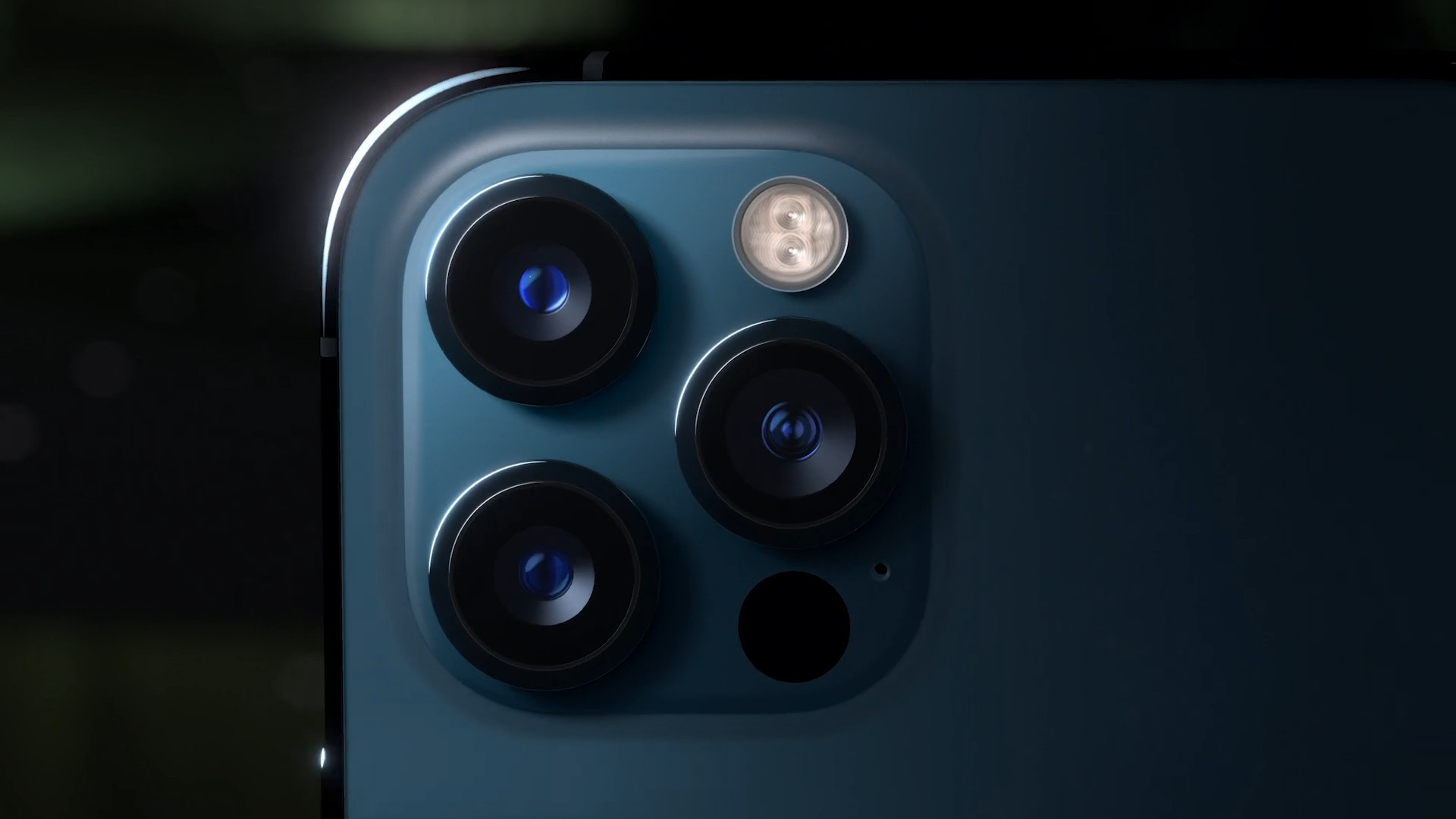
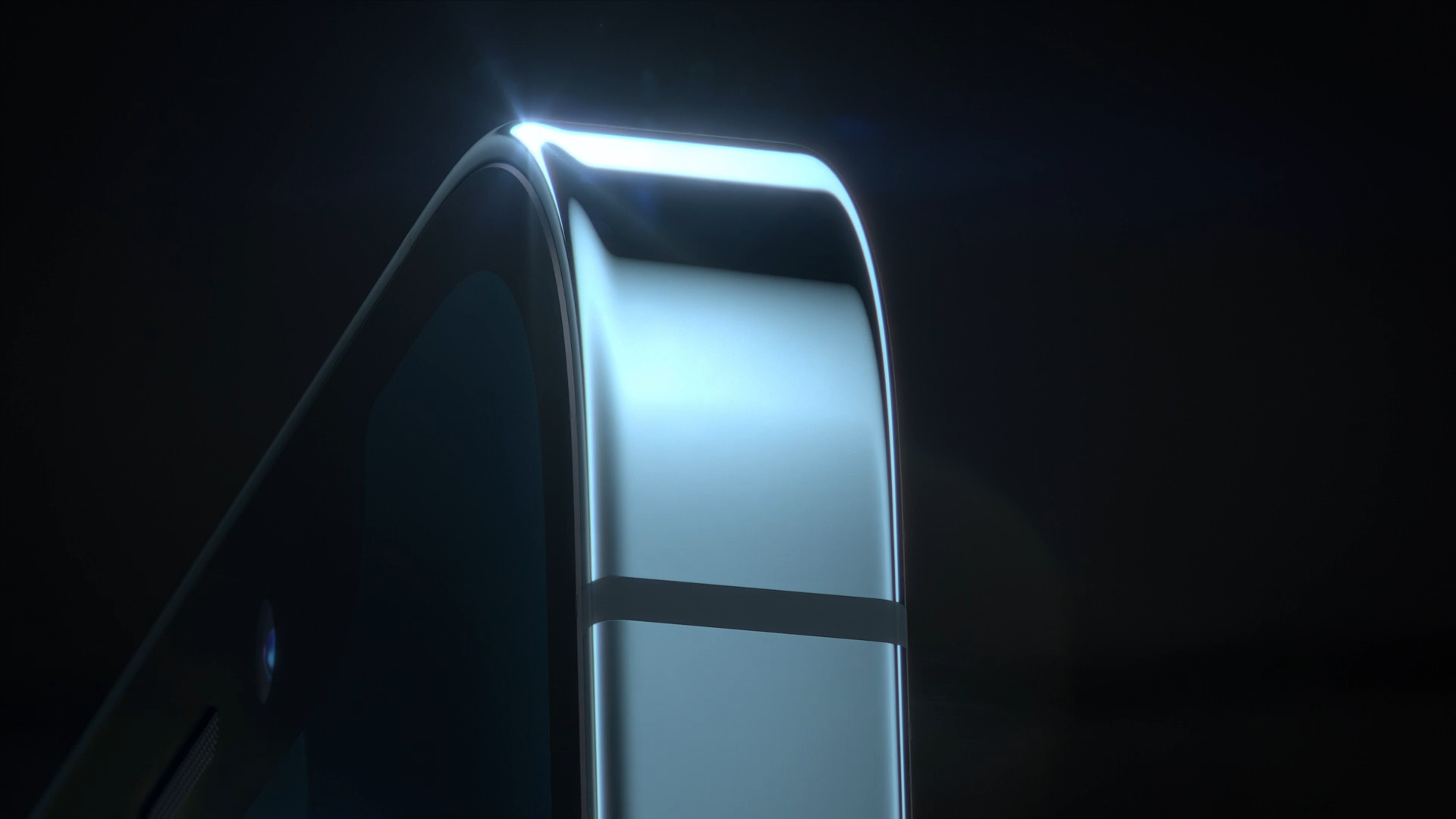

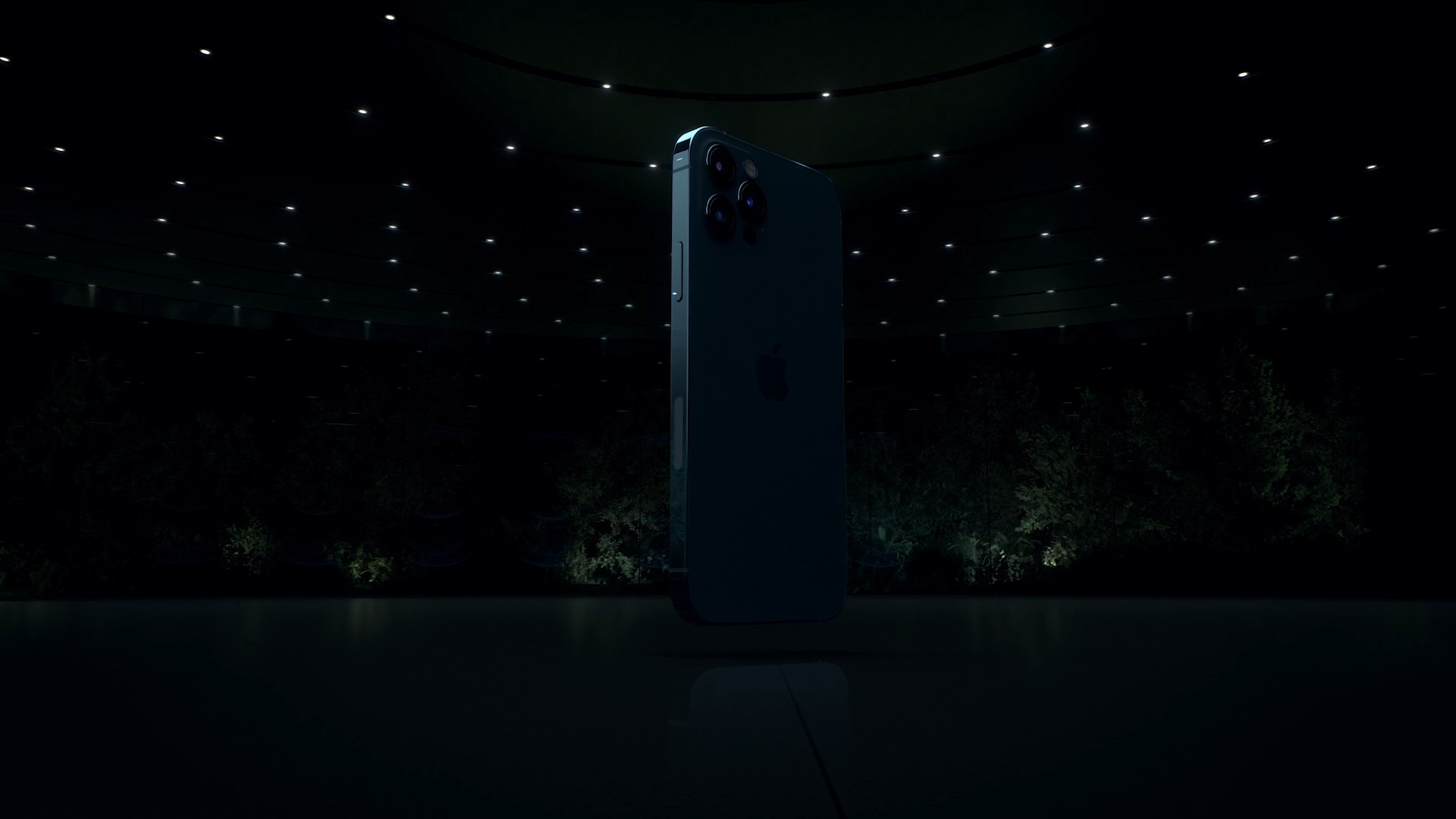

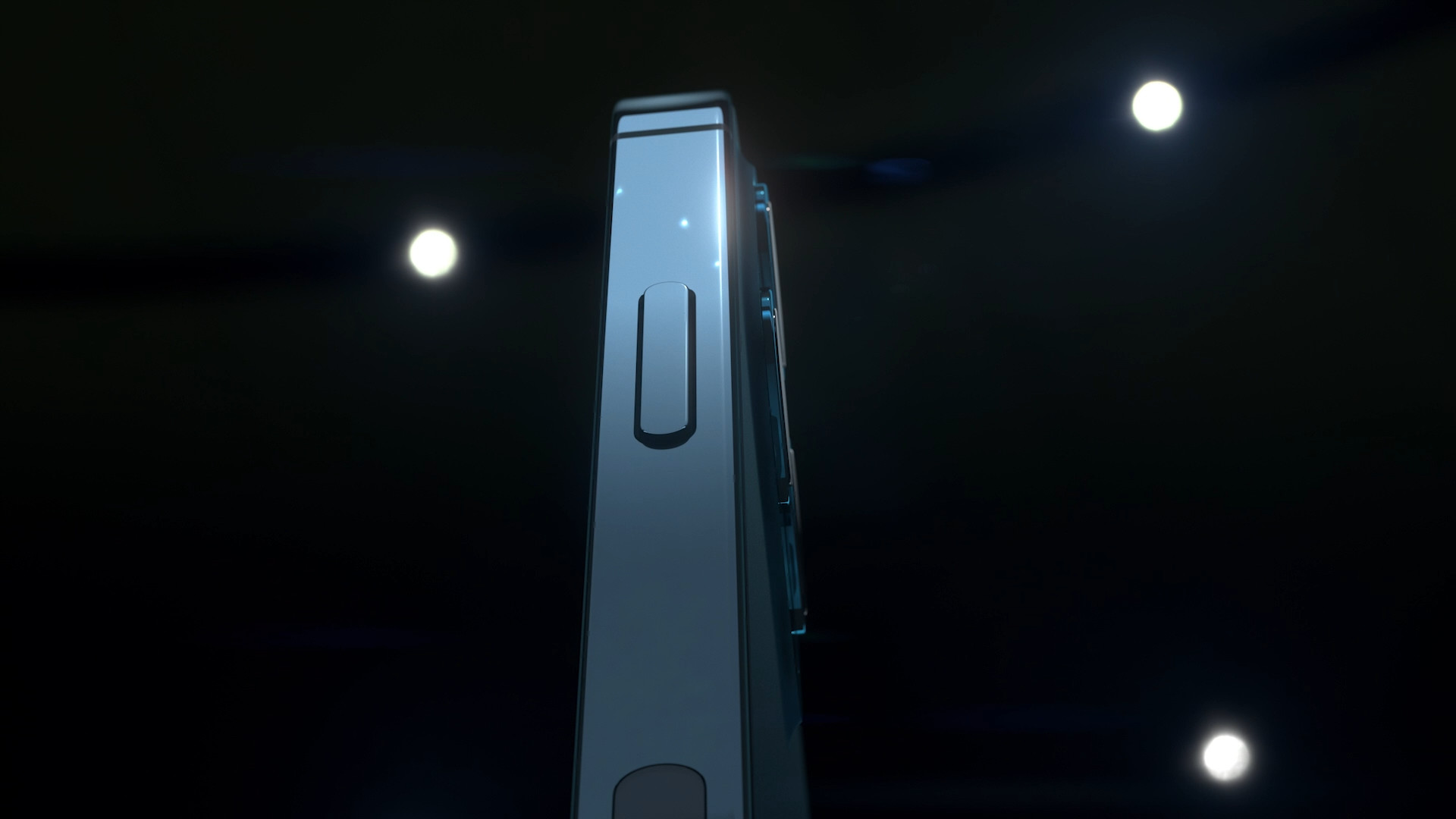


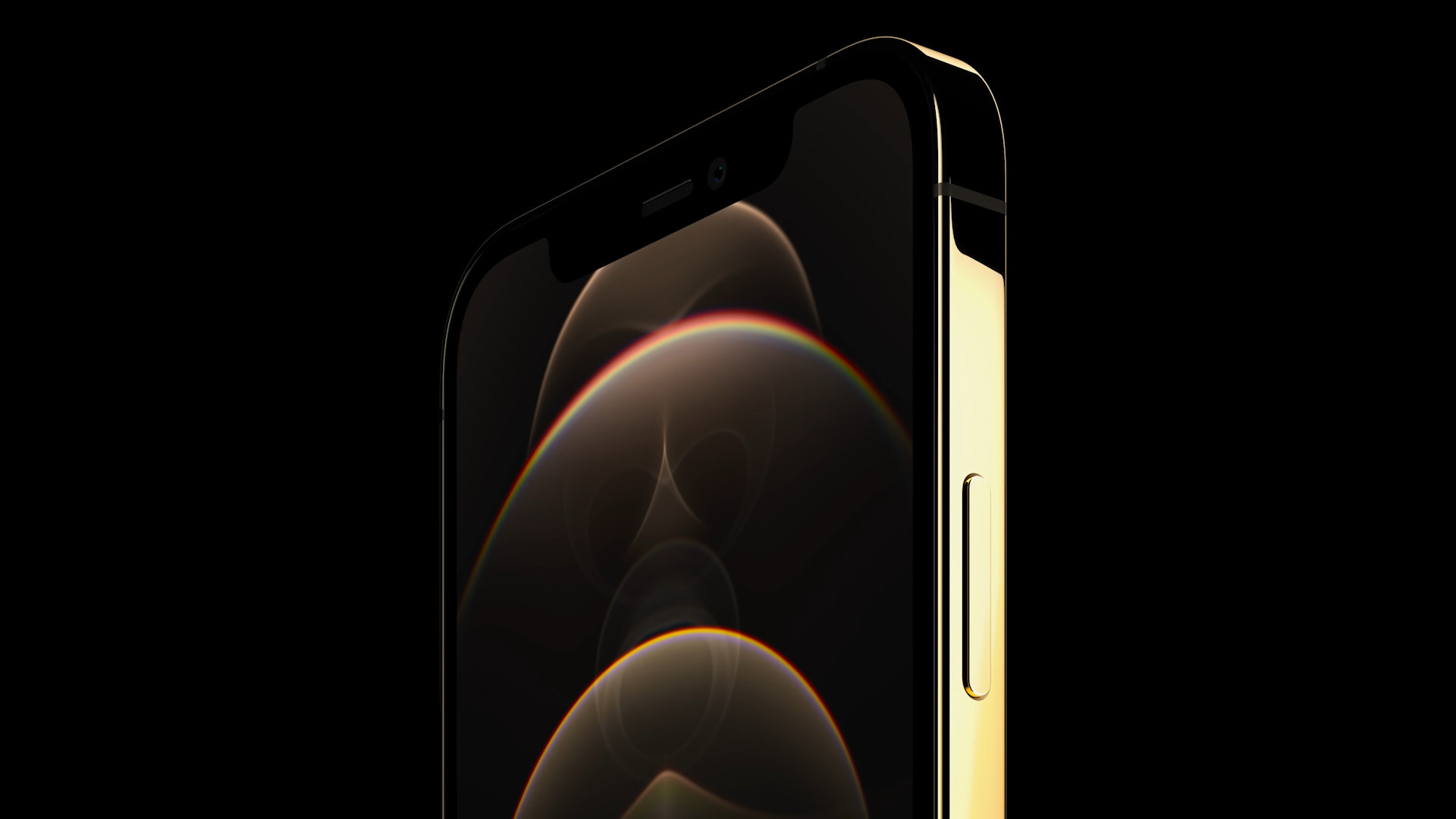
Rectangular?
Isn't it an oval?
The author should study the issue a bit or really check what he writes. It is not true that mmWave works at low frequencies. 28GHz is tomorrow high.
However, I see it as an important part that they could be sold in Europe without it, I also don't want to have some plastic bump on the edge where it will only get in the way and potentially break.
So you have to carry your cell phone in a cover.
I'll take it
Type